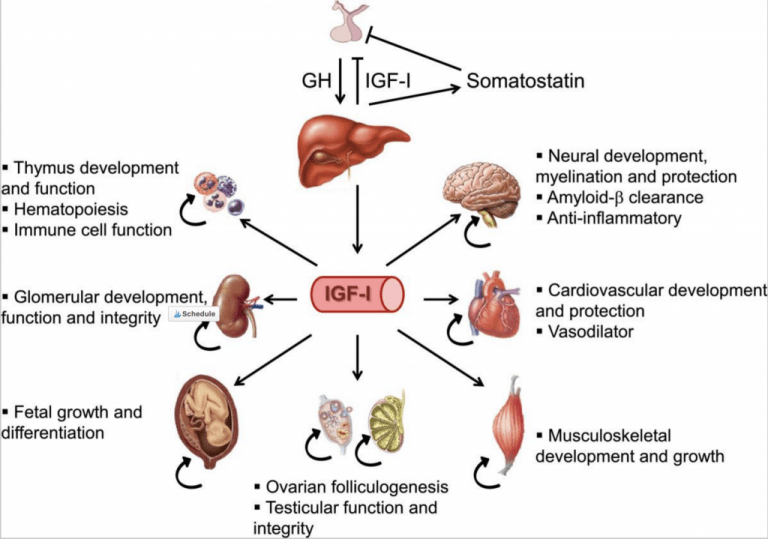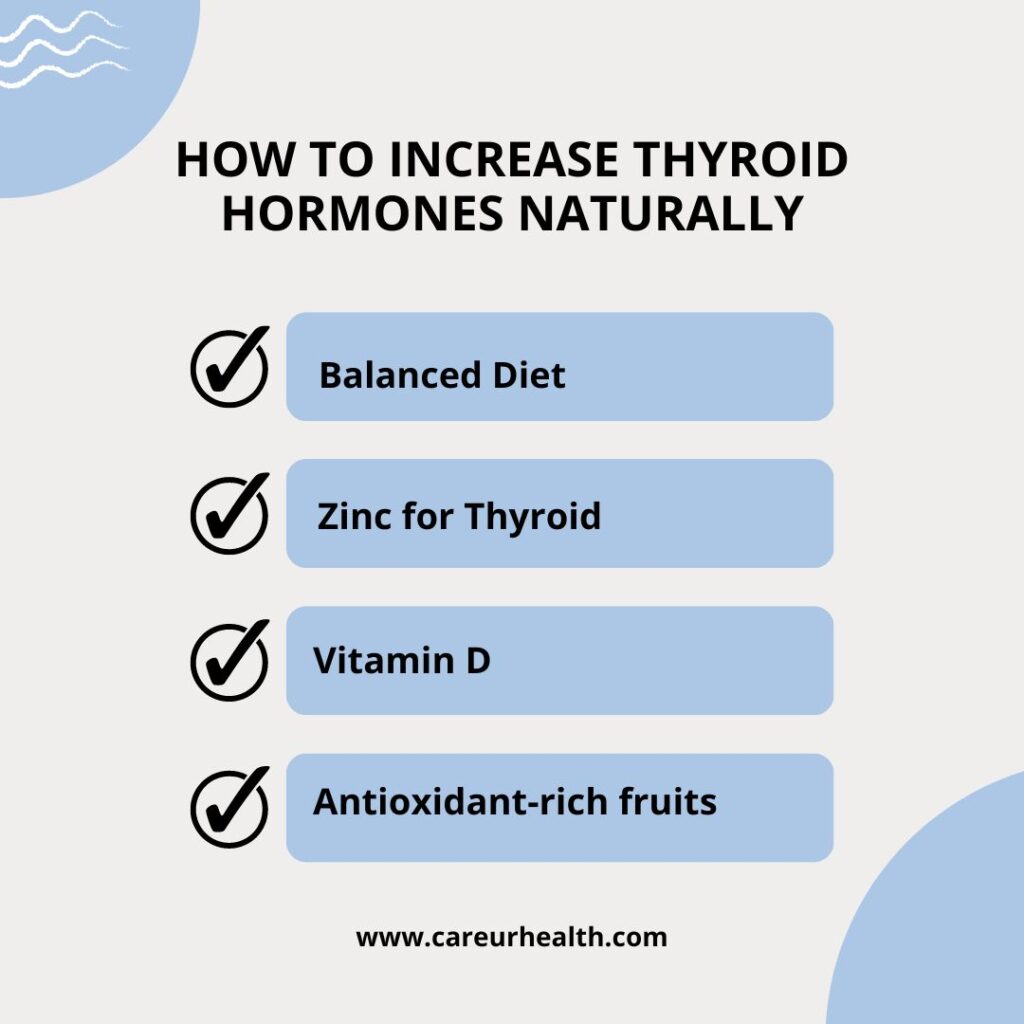How To Increase Igf 1 Hormone

IGF-1 levels crucial for growth and repair are dropping? Don't panic. This report outlines actionable strategies to naturally boost your levels, based on current research.
This article provides a concise guide to understanding and increasing Insulin-like Growth Factor 1 (IGF-1) hormone levels. It details evidence-based lifestyle adjustments, focusing on nutrition, exercise, and sleep, to optimize IGF-1 production without resorting to synthetic alternatives.
Nutrition: Fueling IGF-1 Production
Protein intake is paramount. Aim for at least 1 gram of protein per pound of body weight daily, according to studies published in the American Journal of Clinical Nutrition.
Focus on complete protein sources like lean meats, poultry, fish, eggs, and dairy. These contain all essential amino acids needed for IGF-1 synthesis.
Carbohydrates also play a role. Complex carbohydrates, such as whole grains and vegetables, help regulate insulin, which in turn influences IGF-1 release, as shown in research presented at the Endocrine Society's annual meeting.
Limit processed foods and sugary drinks. These can cause insulin spikes and crashes, negatively impacting IGF-1 levels, data from the Journal of Clinical Endocrinology & Metabolism confirms this.
Specific Foods to Include:
Include plenty of dairy if you tolerate it well. Milk and yogurt are rich in amino acids and growth factors. Some research suggests dairy consumption can elevate IGF-1 levels, particularly in children and adolescents, as reported in a 2008 meta-analysis from the European Journal of Clinical Nutrition.
Beef, especially grass-fed beef, provides creatine and other nutrients important for muscle growth and IGF-1 production. A study in the Journal of Strength and Conditioning Research showed a correlation between creatine supplementation and IGF-1 levels after resistance training.
Nuts and seeds offer healthy fats and amino acids. They also contribute to overall hormonal balance. Brazil nuts, in particular, are high in selenium, a mineral important for thyroid function, which indirectly affects IGF-1.
Exercise: A Potent Stimulus
Resistance training is a key driver of IGF-1 release. Studies consistently demonstrate that lifting weights significantly elevates IGF-1 levels, especially when performed at high intensity.
Focus on compound exercises like squats, deadlifts, bench presses, and overhead presses. These engage multiple muscle groups and elicit a greater hormonal response, according to research from the Journal of Applied Physiology.
High-intensity interval training (HIIT) can also be beneficial. Short bursts of intense activity followed by brief recovery periods stimulate IGF-1 production and improve overall metabolic health.
Exercise Frequency and Intensity:
Aim for at least 3 resistance training sessions per week. Ensure sufficient recovery time between workouts to allow for muscle repair and growth. The Journal of Sports Science & Medicine recommends 48-72 hours of rest between sessions targeting the same muscle groups.
Incorporate HIIT sessions 1-2 times per week. These should be short and intense, lasting no more than 20-30 minutes. Use caution if you are new to exercise or have any underlying health conditions.
Sleep: The Foundation for Hormonal Balance
Adequate sleep is essential for optimal IGF-1 production. Sleep deprivation can significantly suppress IGF-1 levels, as evidenced by studies published in the Lancet.
Aim for 7-9 hours of quality sleep per night. Establish a consistent sleep schedule to regulate your body's natural circadian rhythm. Melatonin, a hormone vital for sleep and antioxidant activities, also plays a role in IGF-1 regulations, as shown in the Journal of Pineal Research.
Create a relaxing bedtime routine to promote restful sleep. Avoid caffeine and alcohol before bed, and create a dark, quiet, and cool sleep environment.
Optimizing Sleep Quality:
Consider using a sleep tracking app to monitor your sleep patterns. This can help you identify areas for improvement. Research in the Journal of Clinical Sleep Medicine showed that sleep tracking can improve sleep hygiene and overall sleep quality.
If you have difficulty falling asleep or staying asleep, consult with a healthcare professional. They can help rule out any underlying sleep disorders. Obstructive Sleep Apnea, for example, can hinder your body ability to release hormones.
Other Factors Influencing IGF-1
Stress management is crucial. Chronic stress can elevate cortisol levels, which can suppress IGF-1 production. Studies in Psychoneuroendocrinology have explored the link between chronic stress and reduction in IGF-1 levels.
Consider incorporating stress-reducing techniques into your daily routine, such as meditation, yoga, or deep breathing exercises. Simple things like spending time in nature, can make a big difference. A systematic review in the Journal of Environmental Psychology indicated that exposure to green spaces reduces physiological stress.
Ensure adequate vitamin D intake. Vitamin D deficiency has been linked to lower IGF-1 levels, particularly in older adults, as highlighted in an article in Nutrients. Get sunlight or consider supplementing.
Next Steps
Implement these strategies gradually and consistently. Monitor your progress and adjust your approach as needed. Consider working with a qualified healthcare professional or registered dietitian for personalized guidance.
While synthetic IGF-1 is available, it is important to consult a physician before pursuing this option. Furthermore, monitor developments and updates on IGF-1 research by experts at the National Institutes of Health.
Focus on creating a healthy lifestyle that supports optimal IGF-1 production naturally. This approach is sustainable and beneficial for overall health and well-being.

















